Siberian Cat Breed: Essential Guide To Temperament & Care
Discover unique traits, grooming tips, and fascinating origins of this royal feline breed!
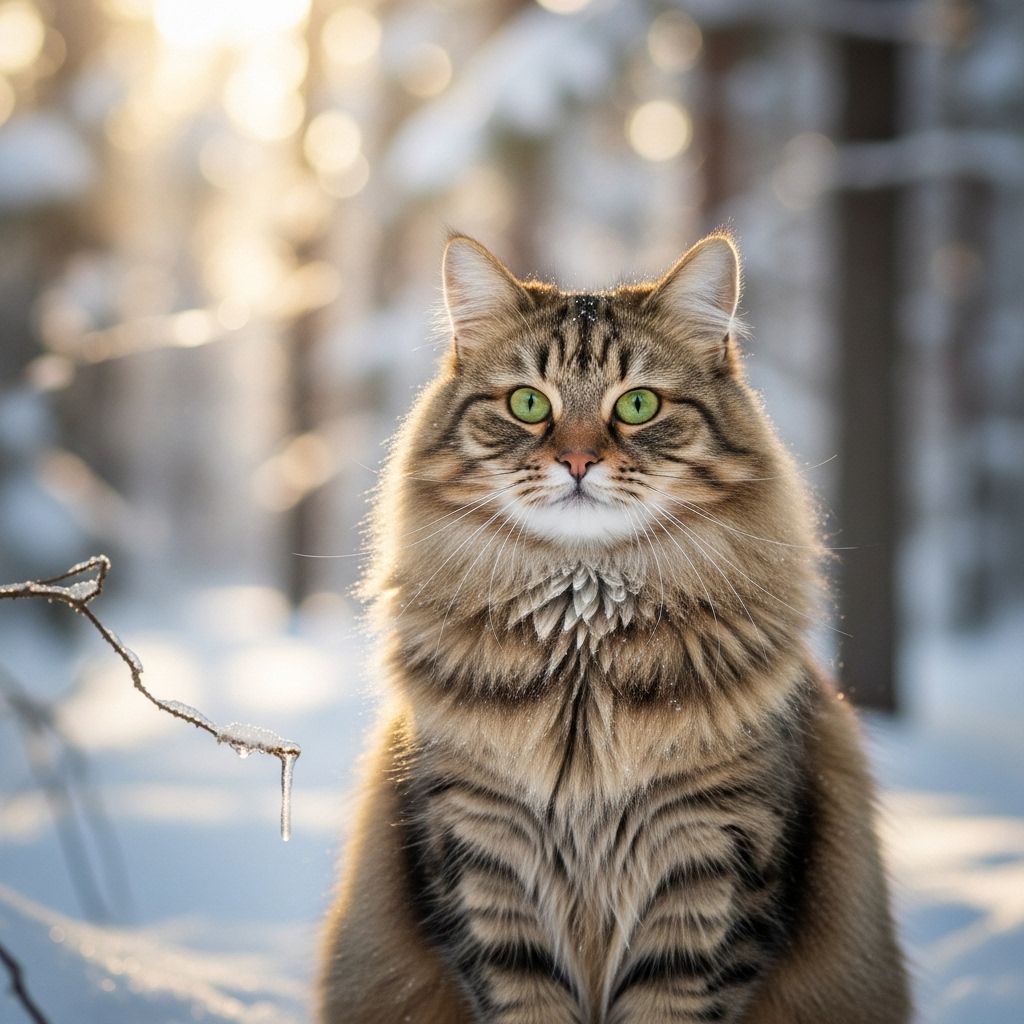
Image: HearthJunction Design Team
Siberian Cat Breed Overview
The Siberian cat is a natural breed that developed in the harsh climate of Russia’s taiga forests. These magnificent cats have evolved over centuries to withstand extreme cold with their luxurious triple coats. Standing between 8 to 10 inches tall and weighing 8 to 17 pounds (with males typically larger than females), Siberians are medium to large cats with substantial bone structure and well-developed muscles.
These forest cats are known for their intelligence, playfulness, and devoted nature. With a life expectancy of 12 to 15 years, Siberians make wonderful companions for families, singles, and seniors alike. Their semi-hypoallergenic qualities also make them suitable for some people with allergies, though individual reactions may vary.
Breed Characteristics
| Trait | Rating |
|---|---|
| Affection Level | High |
| Friendliness | High |
| Kid-Friendly | High |
| Pet-Friendly | High |
| Exercise Needs | Medium-High |
| Playfulness | High |
| Energy Level | Medium |
| Intelligence | High |
| Tendency to Vocalize | Medium |
| Grooming Needs | Medium-High |
Siberian Cat Appearance
Siberian cats possess a distinctive forest cat appearance that reflects their natural evolution in Russia’s harsh climate. These cats have a sturdy, muscular build with a barrel-shaped torso supported by medium-length legs. Their large, rounded paws feature tufts of fur between the toes—an adaptation that once helped them navigate snowy terrain in their native Siberia.
The Siberian’s head is a modified wedge shape with rounded contours, slightly domed forehead, and a muzzle of medium length. Their ears are medium-sized, wide at the base, and set slightly forward with rounded tips and impressive tufting. One of their most captivating features is their large, slightly oval eyes that can be green, gold, copper, or blue (in colorpoint varieties). The eye color typically complements their coat color.
Coat and Colors
The Siberian’s triple coat is one of its most remarkable features. This dense, water-resistant coat consists of a soft, downy undercoat, a middle insulating layer, and a protective outer coat of guard hairs. The fur is moderately long to long, with the longest hair appearing on the ruff, britches, and tail.
This breed comes in virtually all possible colors and patterns. Common color varieties include:
- Tabby (classic, mackerel, spotted, or ticked)
- Solid colors (black, white, blue, red)
- Tortoiseshell
- Calico
- Colorpoint (similar to Siamese markings)
- Silver/golden
- Smoke
- Bi-color and tri-color combinations
The Neva Masquerade is a colorpoint variation of the Siberian, featuring the distinctive Siamese-like points on the face, ears, legs, and tail while maintaining the traditional Siberian body structure and personality.
Siberian Cat Temperament and Personality
Despite their wild forest origins and robust appearance, Siberian cats possess remarkably gentle and affectionate temperaments. These cats form strong bonds with their human families and are known for following their people around the house, always wanting to be part of the action. Unlike some more aloof breeds, Siberians typically welcome attention from everyone, including guests.
Intelligence is a defining trait of the Siberian cat. They can solve complex puzzles, learn tricks, and even figure out how to open doors and cabinets. This mental acuity means they require regular stimulation to prevent boredom. Puzzle toys, training sessions, and interactive play are all excellent ways to engage their active minds.
Playfulness persists well into adulthood with Siberians. These cats maintain a kitten-like exuberance throughout their lives, often stunning owners with impressive athletic feats. They’re excellent jumpers and climbers who enjoy surveying their domain from high perches. Despite their powerful physique, Siberians are surprisingly gentle players, making them excellent companions for children and other pets.
Water holds a particular fascination for many Siberians. Unlike most domestic cats, they may enjoy pawing at water fountains, joining you in the shower, or even swimming. This unusual trait likely stems from their ancestors’ need to fish in Russia’s lakes and streams.
While not excessively vocal, Siberians do communicate with a range of chirps, trills, and soft meows. Their voices tend to be melodic rather than demanding, and they use these sounds primarily to engage with their humans rather than to make constant demands.
Caring for a Siberian Cat
Bringing a Siberian cat into your home requires understanding their specific needs for exercise, grooming, and overall well-being. These forest cats are generally hardy and adaptable, but proper care ensures they thrive as domestic companions.
Exercise and Activity Needs
Siberians are moderately active cats who benefit from daily play sessions. Interactive toys, feather wands, and puzzle feeders help satisfy their hunting instincts and provide mental stimulation. Cat trees, shelves, and window perches allow them to climb and observe their surroundings from elevated positions—something these natural climbers particularly enjoy.
Many Siberian owners find that teaching their cats tricks or even leash training provides additional mental and physical exercise. These intelligent cats can learn to fetch, give high-fives, and even navigate simple obstacle courses. Some Siberians adjust well to harness training, allowing them supervised outdoor adventures.
Grooming Requirements
Despite their luxurious triple coats, Siberians require less maintenance than you might expect. Their fur rarely mats or tangles due to its unique texture. Weekly brushing with a steel comb is usually sufficient during most of the year, though daily brushing becomes necessary during seasonal shedding periods (typically spring and fall).
The Siberian’s coat is naturally water-resistant and self-cleaning, so baths are rarely needed unless they get into something particularly messy. When bathing is necessary, ensure they’re thoroughly dried afterward to prevent their dense coat from remaining damp for extended periods.
Regular nail trimming, ear cleaning, and dental care round out the Siberian’s grooming needs. Introducing these routines when they’re kittens helps establish lifelong habits that support their health.
Diet and Nutrition
As active, muscular cats, Siberians benefit from high-quality protein-rich diets. Whether feeding commercial cat food or preparing a homemade diet (under veterinary guidance), ensure they receive appropriate nutrition for their age, weight, and activity level.
Many Siberian owners notice their cats have hearty appetites, particularly during colder months when their ancestors would have needed extra calories for warmth. Portion control is important to prevent obesity, which can strain their joints and lead to health problems. Free-feeding is generally not recommended for this breed.
Fresh water should always be available, ideally from multiple sources throughout the home. Many Siberians enjoy drinking from running water sources like fountains, which can encourage proper hydration.
Siberian Cat Health and Common Conditions
Siberian cats are generally robust and healthy, having evolved naturally rather than through intensive selective breeding. Their diverse gene pool has helped them avoid many hereditary conditions common in pedigreed cats. However, responsible owners should be aware of several health concerns that can occasionally affect the breed.
Hypertrophic cardiomyopathy (HCM), a thickening of the heart muscle, appears in Siberians as it does in many cat breeds. Reputable breeders screen their breeding stock for this condition. Regular veterinary check-ups that include heart auscultation can help detect early signs of heart issues.
Polycystic kidney disease (PKD) occasionally occurs in Siberians, though less frequently than in some other breeds. This inherited condition causes cysts to form in the kidneys, potentially leading to kidney dysfunction over time.
Some Siberian lines may carry genes for progressive retinal atrophy (PRA), a degenerative eye condition. While uncommon, PRA testing is available and used by conscientious breeders.
Despite these potential concerns, many Siberians live long, healthy lives with minimal medical intervention. Their natural hardiness serves them well, particularly when supported by proper nutrition, regular exercise, and preventative veterinary care.
History and Origin of the Siberian Cat
The Siberian cat has roamed Russia’s forests for centuries, with mentions in fairy tales and folklore dating back over 1,000 years. Unlike many pedigreed cats, Siberians developed naturally in response to the harsh Siberian climate, where their thick coats and sturdy bodies helped them survive brutal winters. They lived alongside humans in rural settings, valued for their exceptional mousing abilities and friendly dispositions.
These cats remained largely unknown outside Russia until after the Cold War. When Russia opened its borders in the late 1980s, cat enthusiasts from other countries discovered these magnificent forest cats. The first documented Siberians arrived in the United States in 1990, and the breed received recognition from The International Cat Association (TICA) in 1996. The Cat Fanciers’ Association (CFA) followed with full recognition in 2006.
While still relatively uncommon outside their homeland, Siberians have gained popularity worldwide. Their potentially hypoallergenic qualities have particularly increased interest among cat lovers who previously couldn’t have feline companions due to allergies.
Adoption and Purchasing a Siberian Cat
Adding a Siberian cat to your family requires research and patience. As a relatively rare breed in many countries, finding a Siberian may take time. Expect to be placed on waiting lists with reputable breeders, as demand often exceeds the available kittens.
When searching for a Siberian kitten, prioritize ethical breeders who focus on health, temperament, and proper socialization. Responsible breeders provide genetic testing for common health issues, raise kittens in a home environment, and offer ongoing support to new owners. Be prepared for higher costs compared to more common breeds, with purebred Siberian kittens typically ranging from $1,200 to $2,500 or more, depending on pedigree, color, and location.
While rare, Siberians occasionally appear in rescue organizations or shelters. Creating relationships with breed-specific rescue groups can help you find an adult Siberian in need of rehoming. Adopting an adult cat offers the advantage of a more established personality and often a lower cost than purchasing a kitten.
For those interested in Siberians due to allergies, arrange to spend time with the cats before committing. While many allergy sufferers report fewer reactions to Siberians, responses vary by individual. Some breeders offer allergy testing, providing sample fur or allowing extended visits to gauge your reaction.
Frequently Asked Questions (FAQs)
Are Siberian cats truly hypoallergenic?
Siberians are considered semi-hypoallergenic. They produce lower levels of Fel d 1 (the primary allergen in cat saliva and skin secretions) than many other breeds. However, no cat is completely hypoallergenic, and individual reactions vary. Some allergy sufferers can live comfortably with Siberians, while others still experience reactions. Spending time with Siberians before adopting is the best way to determine your compatibility.
Do Siberian cats require special care in hot climates?
While Siberians evolved for cold weather, they adapt surprisingly well to various climates. In hot regions, ensure your home stays cool with air conditioning, provide plenty of fresh water, and be alert for signs of overheating. Their triple coat actually provides insulation against heat as well as cold, but they may shed more extensively in warmer environments.
Are Siberian cats good for first-time cat owners?
Siberians make excellent first-time cats due to their adaptable, friendly natures. They’re generally forgiving of novice mistakes and communicate their needs clearly. However, prospective owners should consider the commitment to regular grooming, especially during shedding seasons, and the need for play and environmental enrichment to keep these intelligent cats stimulated.
How do Siberian cats get along with other pets?
Most Siberians are remarkably social with other animals. They typically adapt well to homes with dogs (especially when introduced properly), other cats, and even smaller pets. Their confident, easy-going temperaments and play-oriented approach to life make them excellent companions in multi-pet households.
Are Siberian cats vocal?
Siberians have moderate vocalization levels. They communicate with soft chirps, trills, and melodic meows rather than the persistent loud cries associated with some breeds. They’re conversational cats who often respond when spoken to but aren’t typically demanding or disruptively noisy.
References
Read full bio of Anjali Sayee



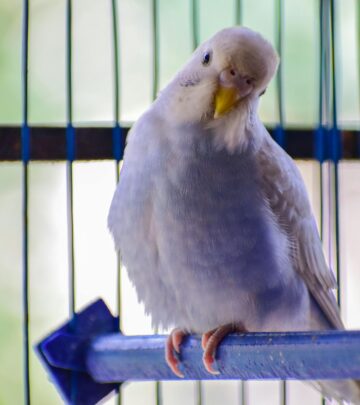
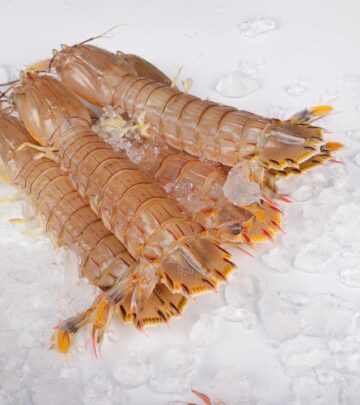
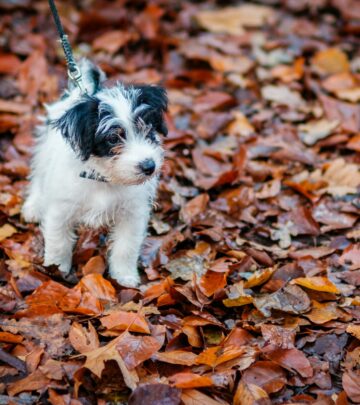
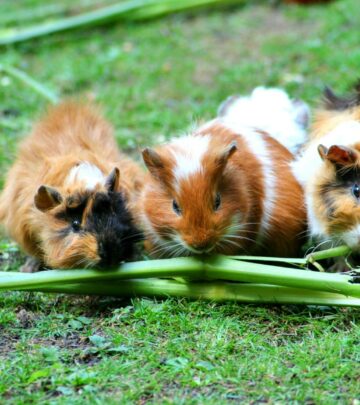

Community Experiences
Join the conversation and become a part of our empowering community! Share your stories, experiences, and insights to connect with other beauty, lifestyle, and health enthusiasts.